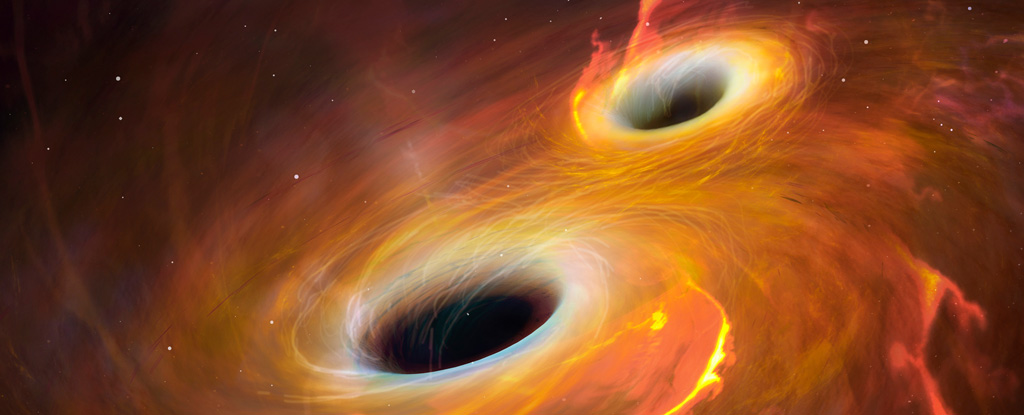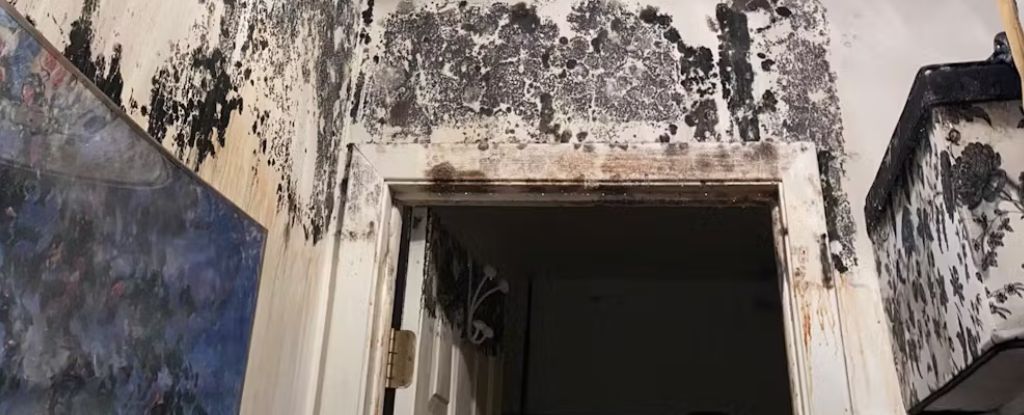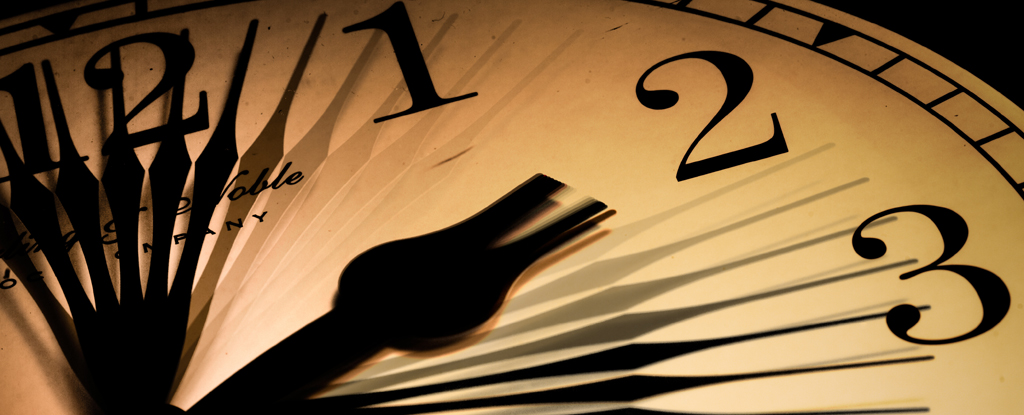in one Recent study Published in Astronomy and Astrophysical LettersA team of researchers at the Massachusetts Institute of Technology (MIT) used various computer models to examine 69 confirmed binaries black holes to help determine their origin and found that their data results were altered based on the configurations of the model.
Essentially, the input consistently changed the output, and researchers want to better understand how and why this happens and what steps can be taken to produce more consistent results.
“If you change the model and make it more flexible or make different assumptions, you get a different answer to how black holes formed in the universe,” says Sylvia Biscoveanu, an MIT graduate student working on LIGO laboratoryand a co-author of the study said in a expression.
“We’re showing that people have to be careful because we’re not ready with our data to believe what the model is telling us.”
Like double stars, binary black holes are two massive objects orbiting each other, both with the ability to potentially collide – or merge – with each other.
But how two black holes formed remains a mystery, as there are two current hypotheses about their formation: “field binary evolution” and “dynamic assembly.”
In field binary evolution, a pair of binary stars explode, resulting in two black holes in their place, which continue to orbit each other as before.
Since they originally orbited each other as binary stars, it is believed that their spins and inclinations should also be aligned.
Scientists also hypothesize that their aligned spins suggest they came from a galactic disk, given their relatively peaceful environment.
In dynamic assembly, two individual black holes, each with its own unique tilt and rotation, are eventually brought together by extreme astrophysical processes to form their own binary stars black hole System.
It is currently believed that this pairing would likely occur in a dense environment such as a globular cluster, where thousands of stars in close proximity could force two black holes together.
The real question is: What fraction of binary black holes come from each method? Astronomers believe that answer lies in the data, particularly black hole spin measurements.
From the 69 confirmed binary black holes, astronomers have determined that these massive objects could come from globular star clusters as well as galactic disks.
The LIGO laboratory in the United States has collaborated with its Italian counterpart, Virgoto determine the spins (rotation periods) of the 69 confirmed binary black holes.
“But we wanted to know if we have enough data to make that distinction?” said Biscoveanu. “And it turns out things are messy and uncertain and it’s harder than it looks.”
For the study, the researchers continuously optimized a series of computer models to see if their results matched each model’s predictions.
Such a model was configured to assume that only a fraction of the binary black holes were created with aligned spins, while the rest had random spins. Another model was configured to predict a moderately contrasting spin orientation.
In the end, their results showed that the results consistently changed according to the optimized models.
Essentially, the results have been consistently modified based on the model’s tweaks, meaning more data than the 69 confirmed binary black holes are likely needed to produce more consistent results.
“Our paper shows that your result depends entirely on how you model your astrophysics and not on the data itself,” Biscoveanu said.
“We need more data than we thought if we’re going to make a claim independent of our astrophysical assumptions,” said Salvatore Vitale, associate professor of physics and member of the Kavli Institute for Astrophysics and Space Exploration at MIT and lead author of the study.
But how much more data will astronomers need? Vitale estimates that the LIGO network may discover a new binary black hole every few days once the network comes back online in early 2023.
“The measurements of the spins that we have now are very uncertain,” Vitale said.
“But if we build a lot of them, we can get better information. Then we can say that no matter how detailed my model is, the data always tells me the same story – a story that we could then believe.”
This article was originally published by universe today. read this original article.





